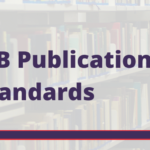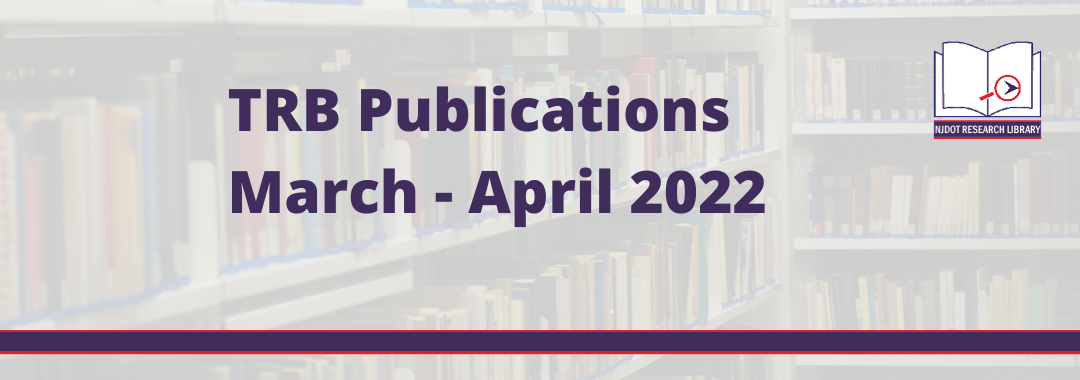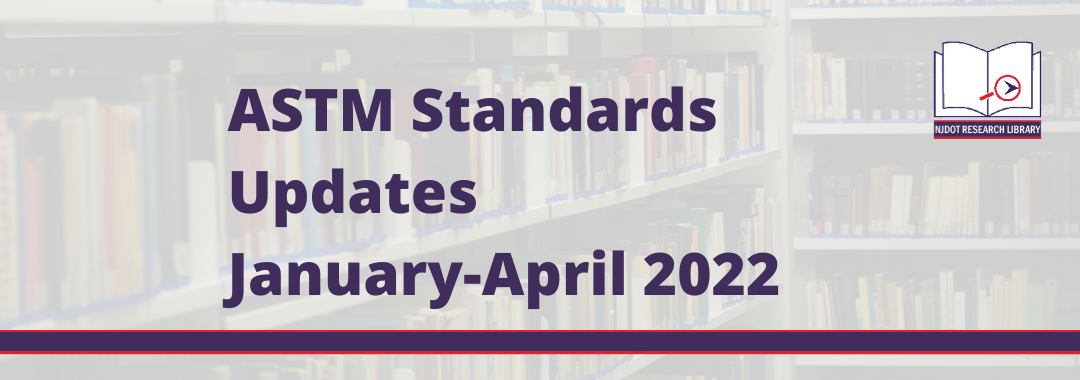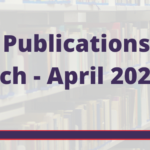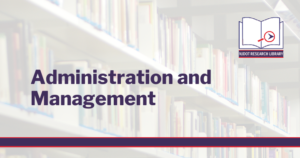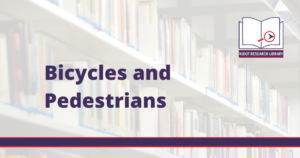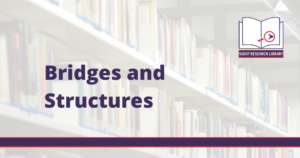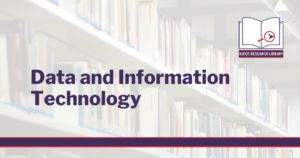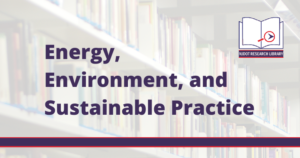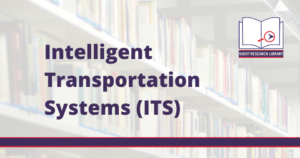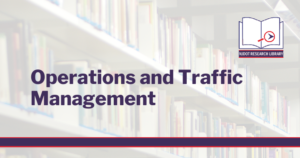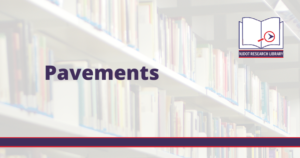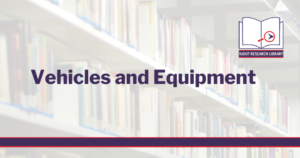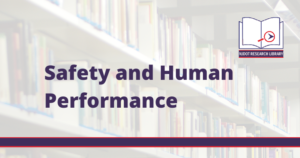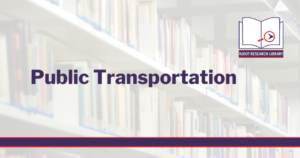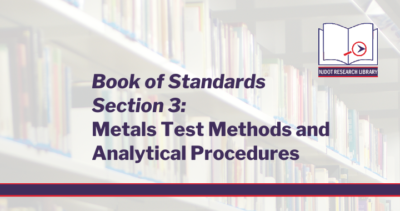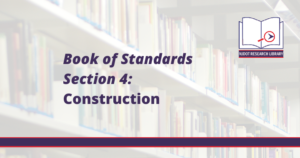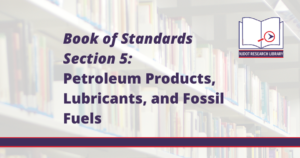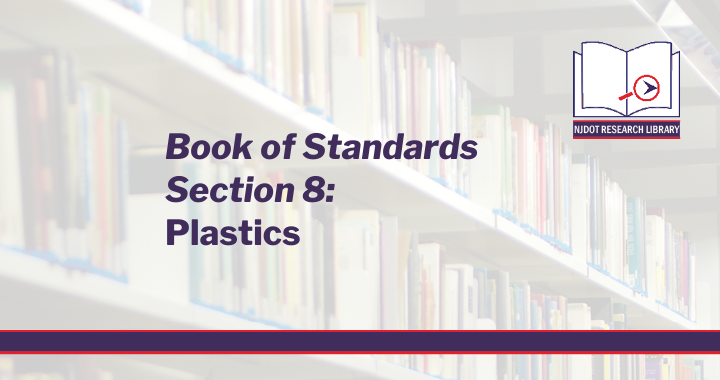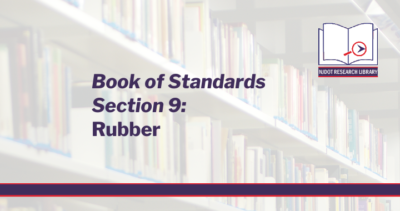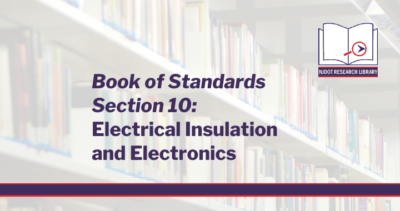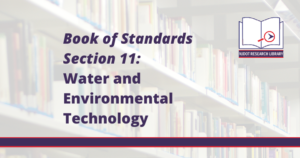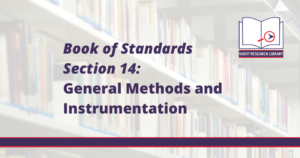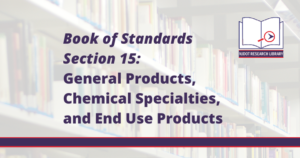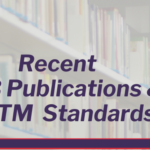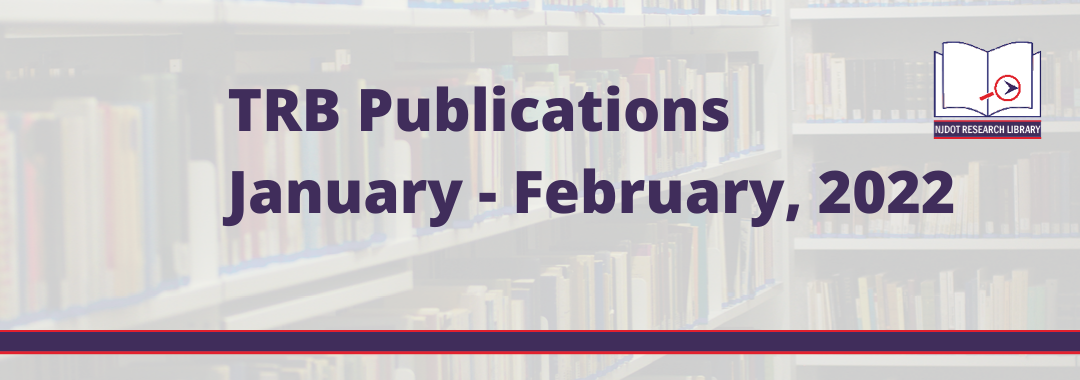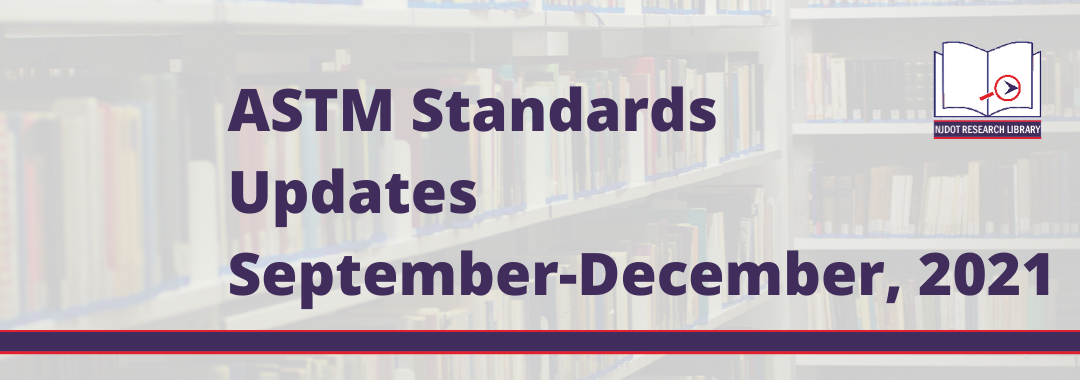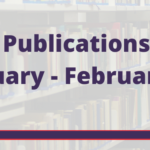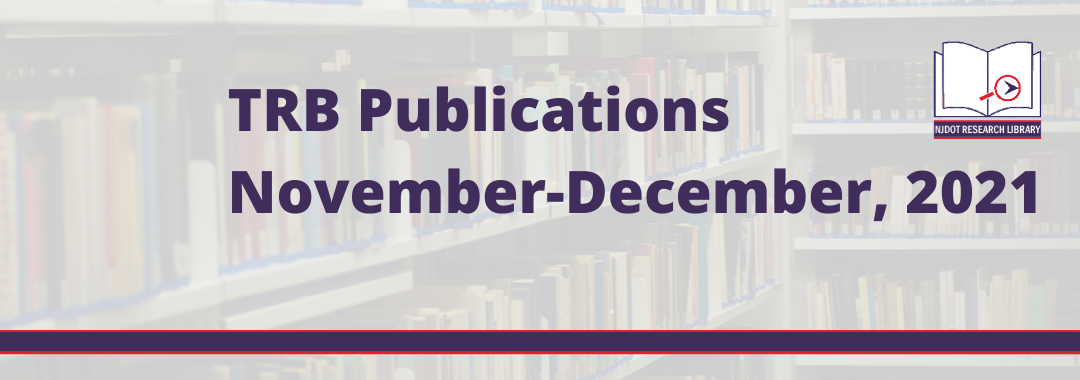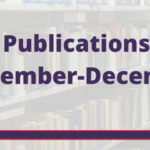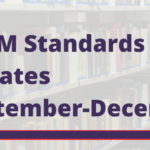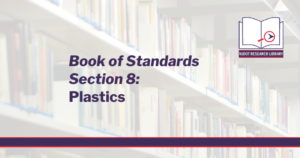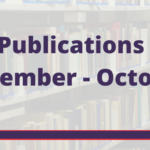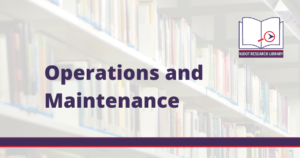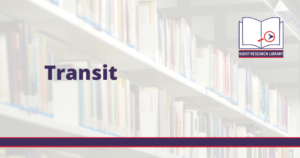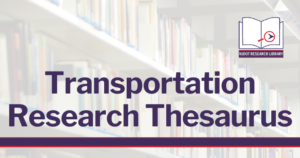The NJDOT Research Library maintains a “Did You Know” page to share basic facts about the research library, transportation research resources, and newly issued publications.
The TRB Publications, March to April 2022 list includes recently published research in operations and traffic management, data information and technology, bridges and structures, pavements, bicycling and pedestrians, safety and human factors, and construction, among others.
A couple of recent research articles that caught our eye, included:
- If We Build It, Who Will Come? Comparing Sociodemographic Characteristics of Bike Share Subscribers, Cyclists, and Residents of New York City This study takes a closer look the overall volume and demographics of Citibike ridership New York City and considers what communities and groups are being served in its current design and operations.
- Value-Engineering Methodology for the Selection of an Optimal Bridge System. This study introduces a systematic multi-criteria Value-Engineering (VE) approach for the selection of a sustainable bridge system. For this pilot study, the VE methodology and analysis is presented for a proposed long-span bridge at Tremley Point in New Jersey that would provide a direct link between Carteret and Linden and the New Jersey Turnpike. The research shows how VE can be applied to produce savings among bridge design alternatives.
The ASTM Standards, January to April, 2022 list includes recently proposed and revised ASTM standards. As a reminder, the ASTM Book of Standards is available through the ASTM COMPASS Portal for NJDOT employees.
Please contact the NJDOT research librarian, Tammy Yeadon, MSLIS, at (609) 963-1898, or email at library@dot.nj.gov or Tammy_CNSLT.Yeadon@dot.nj.gov for assistance on how to retrieve these or other publications.

